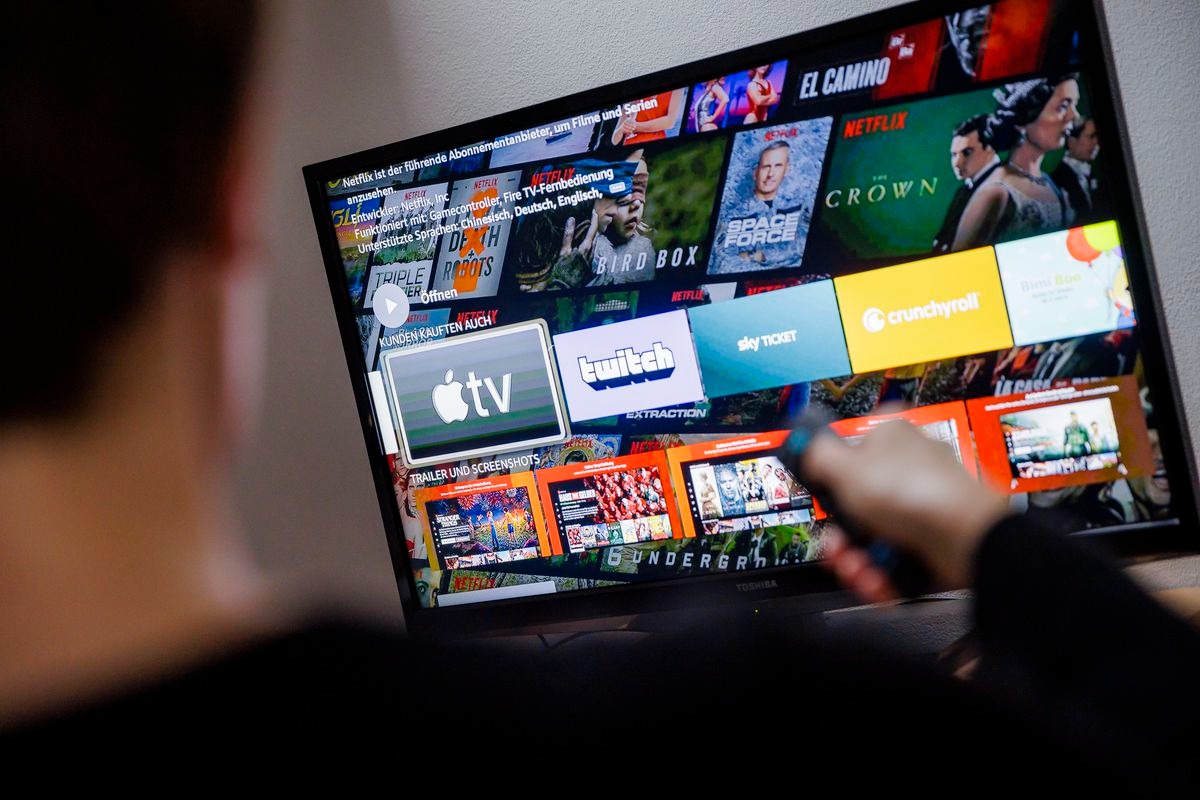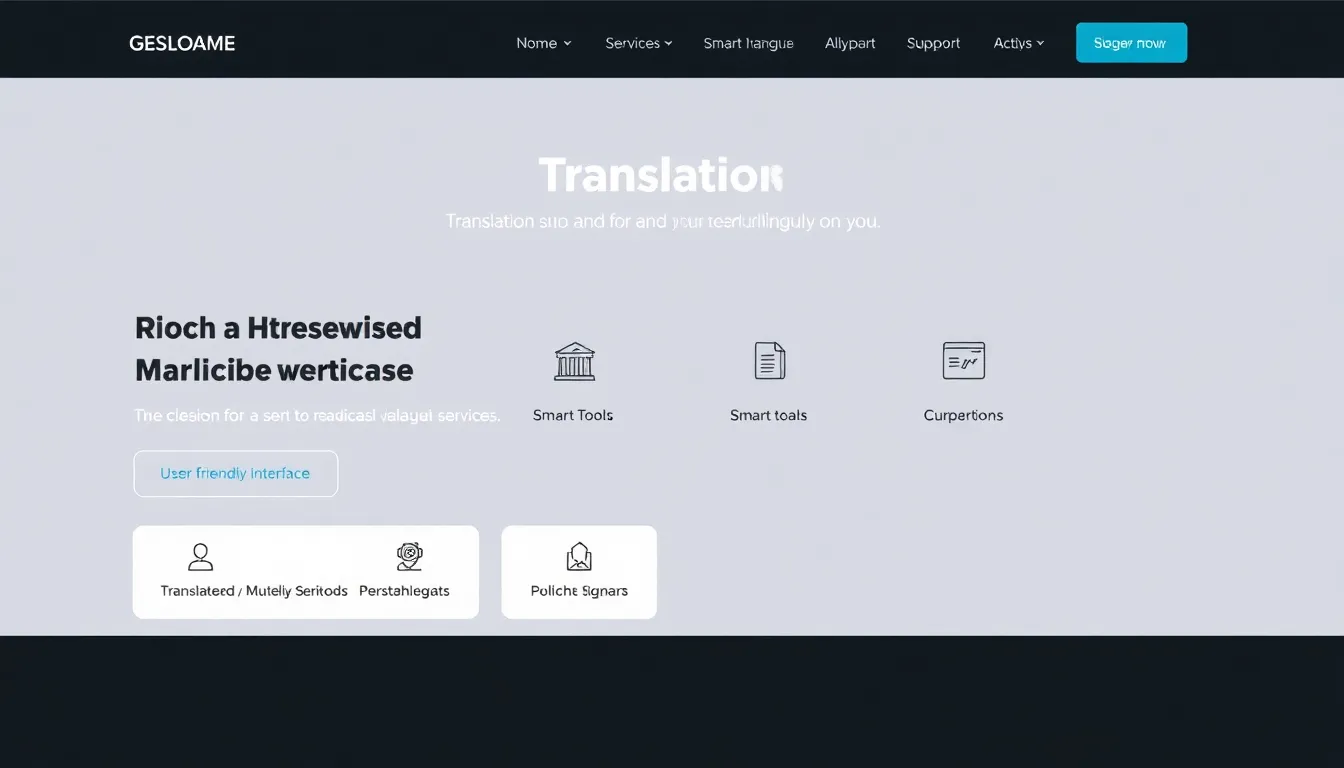In an age where attention spans are shrinking and digital platforms are flooded with content, businesses must adopt smart and compelling tactics to connect with their audience. At the forefront of this revolution is the video content strategy—a dynamic, versatile, and results-driven approach to communicating brand stories, building engagement, and expanding reach.
A strong video content strategy is no longer optional. It’s an essential pillar of digital marketing success. With the right plan, your business can harness the emotional power of visuals, tell authentic stories, build trust, and ultimately drive growth. At CBA Videography, we believe that a well-executed video content strategy is one of the most powerful tools for achieving marketing goals—whether you’re a startup, a local brand, or a multinational organization.
Why a Video Content Strategy Matters in Modern Business
The digital marketplace is saturated with text-heavy blogs, paid ads, and static images. While those formats still hold value, none deliver the engagement and emotional depth that videos do. According to studies, over 90% of consumers say video helps them make buying decisions, and brands using video grow revenue 49% faster than those who don’t.
That’s where a video content strategy becomes essential. It ensures that your video efforts are purposeful, data-informed, and aligned with your business objectives. Without a strategy, you risk wasting time and resources on videos that don’t perform. With one, you maximize impact and return on investment (ROI).
1. Setting the Foundation: Define Clear Goals
Before you create a single frame, start by defining your strategic goals. Ask:
- What do we want our videos to achieve?
- Are we aiming for brand awareness, lead generation, customer education, or sales conversions?
- What platforms will host these videos?
- How will success be measured?
Having well-defined, measurable goals helps shape every decision in your video content strategy, from content type and tone to distribution and KPIs.
For instance:
- Brand awareness goals might call for short, engaging social videos.
- Lead generation goals may require detailed product explainers or case study videos.
- Customer retention goals could benefit from educational content or FAQs.
2. Understand Your Audience Deeply
The core of any video content strategy lies in knowing your audience. Generic content falls flat. Targeted content converts.
Dive deep into:
- Demographics (age, location, profession)
- Behavioral traits (buying patterns, social media habits)
- Pain points and desires
- Preferred platforms (Instagram, YouTube, TikTok, LinkedIn)
Create detailed audience personas. These profiles help guide tone, message, video length, and content style.
For example, if you’re targeting busy professionals, opt for short, value-packed videos with clear takeaways. If your audience is Gen Z, go for authentic, creative, mobile-friendly content on TikTok or Instagram Reels.
3. Create Valuable Content Types That Align with Goals
Not all videos serve the same purpose. A strong video content strategy uses a variety of formats to connect with audiences at different stages of the buyer’s journey.
Here are essential video types with detailed use cases:
Explainer Videos
- Purpose: Simplify complex products/services
- Ideal For: Landing pages, homepages, sales emails
- Tip: Use animations or real-life examples to break down concepts
Product Demonstrations
- Purpose: Showcase product functionality
- Ideal For: E-commerce, SaaS, service-based businesses
- Tip: Focus on features and benefits to drive action
Brand Story Videos
- Purpose: Build trust and emotional connection
- Ideal For: About Us pages, social media campaigns
- Tip: Highlight your mission, values, and journey
Client Testimonials
- Purpose: Boost credibility
- Ideal For: Case studies, lead generation pages
- Tip: Include real stories with measurable results
Behind-the-Scenes Content
- Purpose: Humanize your brand
- Ideal For: Instagram Stories, YouTube vlogs
- Tip: Show office culture, team interactions, or production processes
Tutorials & Educational Content
- Purpose: Provide value and showcase expertise
- Ideal For: Blogs, YouTube, customer onboarding
- Tip: Keep it instructional, clear, and visual
Live Videos & Webinars
- Purpose: Engage in real-time
- Ideal For: Launches, Q&A sessions, product demos
- Tip: Promote in advance, interact live, and repurpose afterward
4. Build a Video Content Calendar
Consistency builds momentum. A video calendar keeps your content output structured and strategic. Without it, your videos may feel disjointed and lack alignment with your marketing campaigns.
Here’s how to build your calendar:
- Plan monthly or quarterly
- Include video type, goal, platform, posting date, and target audience
- Integrate important dates (product launches, holidays, industry events)
- Schedule follow-ups and repurposing opportunities
A strong calendar ensures that your video content strategy isn’t random—it’s intentional and consistent, leading to greater viewer trust and engagement. Tap into everything we offer — discover it all on our official Instagram page.
5. Optimize Videos for SEO and Performance
To get maximum visibility, your videos need to be optimized for both search engines and viewers. That means:
On-Page Optimization
- Use your keyword “video content strategy” in the title, description, and tags
- Write a keyword-rich transcript
- Embed videos into SEO-optimized blog posts
- Include video schema markup for better indexing
Engagement Optimization
- Hook viewers in the first 5–10 seconds
- Use custom thumbnails with compelling visuals and text overlays
- Add strong CTAs (e.g., “Book a Consultation,” “Download Free Guide”)
- Enable closed captions for accessibility
Performance Tips
- Use a mobile-first design
- Keep videos under 2 minutes for general audiences
- A/B test video intros, formats, and thumbnails
6. Distribute Strategically Across Multiple Channels
Creating a great video is only half the job. Effective distribution is what turns a good video content strategy into a lead-generating machine.
Distribute on:
- YouTube – for long-form content and searchability
- Instagram Reels/Stories – for brand personality and engagement
- LinkedIn – for B2B thought leadership
- Email Campaigns – for nurturing leads
- Your Website – to increase dwell time and conversions
- Facebook & TikTok – for wide reach and visual storytelling
Tailor each video to the platform’s specs, tone, and audience behavior. Repurpose long videos into shorter snippets, reels, or teaser trailers to multiply value.
7. Measure, Analyze, and Refine
Your video content strategy should evolve based on data. Use analytics tools (YouTube Analytics, Google Analytics, social insights) to evaluate performance.
Track:
- View counts
- Watch time
- Engagement rate
- Conversion rate
- Bounce rate on landing pages with video
Use this data to:
- Identify your top-performing formats
- Improve low-performing content
- Test new ideas based on audience behavior
Success lies in constant iteration. Don’t just create videos—learn from them.
How CBA Videography Can Elevate Your Video Strategy
At CBA Videography, we specialize in crafting cinematic, emotionally compelling, and results-oriented videos for businesses across Toronto and beyond. We don’t just shoot videos—we help businesses build a video content strategy that converts.
From ideation and scripting to editing and post-production, we partner with you to deliver consistent video content that aligns with your brand and drives growth.
We understand storytelling. We understand strategy. And we understand how to use both to make your audience care, connect, and convert.
Frequently Asked Questions (FAQs)
What is a video content strategy?
A video content strategy is a structured plan that outlines how to use video to achieve specific marketing and business goals. It includes content planning, creation, distribution, and performance tracking.
How often should I post videos?
This depends on your goals and capacity, but consistency is key. Most brands benefit from posting once per week or biweekly, paired with a content calendar.
What platforms are best for business videos?
YouTube, LinkedIn, Instagram, and your business website are excellent platforms. Choose based on where your target audience spends time.
Do I need professional video production?
Yes—especially if you want high-quality, branded, and engaging content. Poor video quality can harm your brand image. CBA Videography offers affordable, cinematic solutions tailored to your needs.
How do I track the success of my video content?
Use tools like YouTube Analytics and Google Analytics. Monitor views, engagement, click-through rates, conversions, and retention to gauge effectiveness.
Conclusion
An effective video content strategy is your key to unlocking attention, trust, and loyalty in today’s digital-first world. It’s more than just recording and uploading—it’s about storytelling with purpose, distribution with intent, and performance with precision.
Whether you’re just starting out or looking to scale, the right strategy makes all the difference. Let CBA Videography be your partner in building powerful video campaigns that boost your reach, visibility, and business growth. Click here to discover what else we offer on our official homepage.
Contact Us
Name: CBA Videography
Phone: (647) 376-4642
Address: Toronto, ON, Canada
Website: https://cbavideography.com/
Email: [email protected]
Instagram: https://www.instagram.com/cbavideography_one_man_band/#
LinkedIn: https://www.linkedin.com/in/christo-k-771900b1


